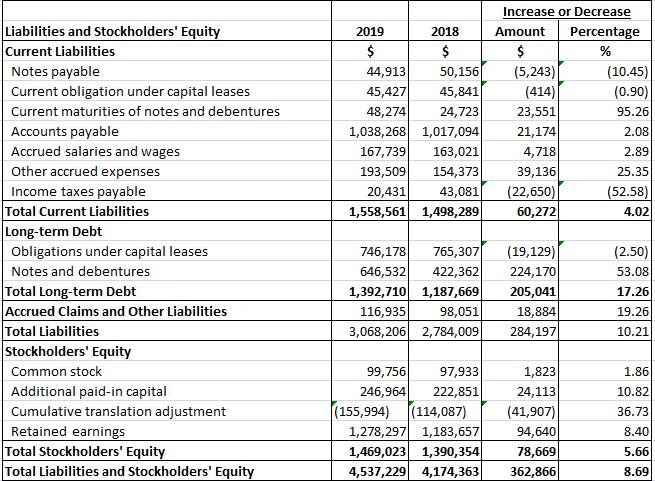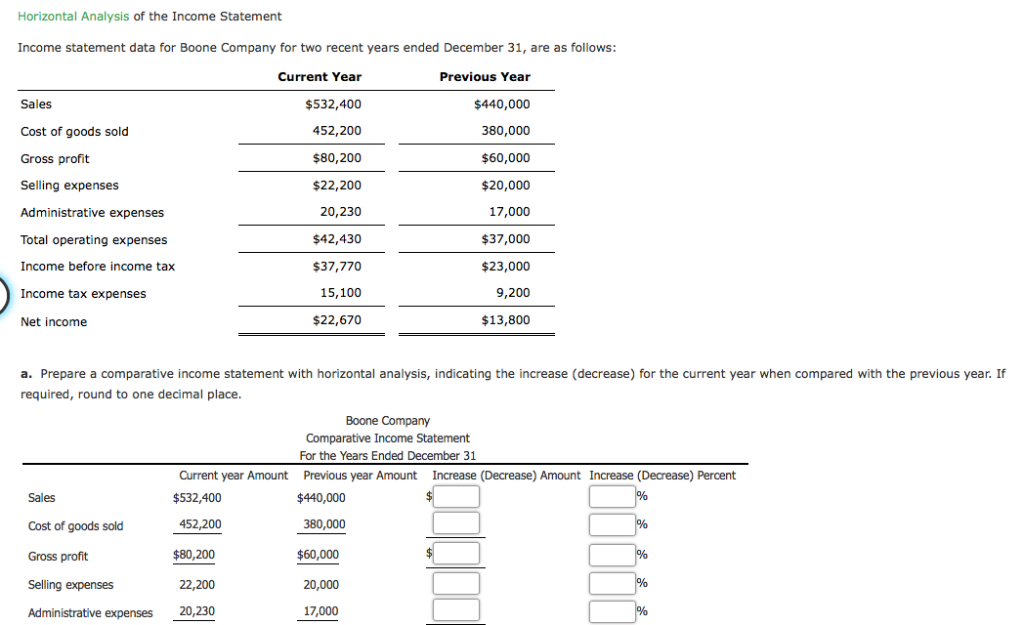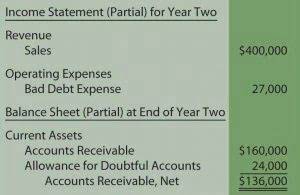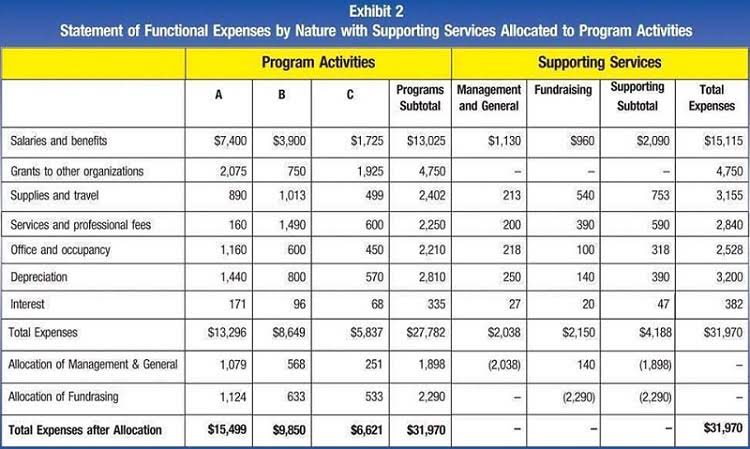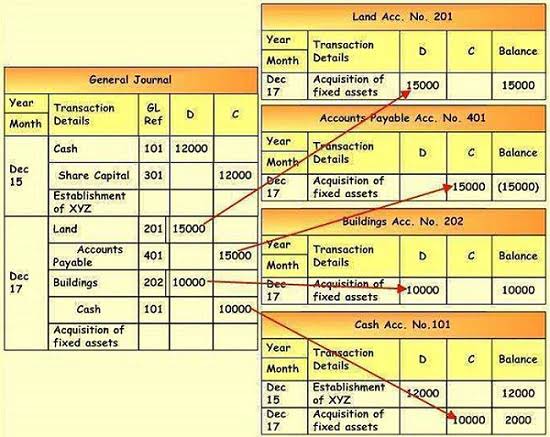From there, approved reimbursements are automatically calculated and paid as part of Paycor’s payroll processes. However, some note that the software does not offer enough customization options, nor does it offer the detailed reporting they need. Several state that Wave Payroll’s customer support is unhelpful; the chat bot does not offer relevant solutions, and when they email customer support, it often doesn’t help, either. Many users claim the limited features the platform offers make it a good option for companies with five to 10 employees but no more.
Payroll services for 50–1,000+ employees
When choosing a payroll outsourcing provider, it’s important to remember what’s at stake. A good provider will make things easy for the client, but client companies shouldn’t be lured into a false sense of security. Even the best payroll managers are prone to mistakes or data breaches. Take the time to make sure a provider is both trustworthy and experienced to minimize these inherent risks of outsourcing. In many cases, companies outsource payroll because they’ve determined it to be more cost-effective than managing payroll in-house.
Key features of payroll solutions
You’ll likely need a more advanced platform with custom automations and support for international employees as your business grows and diversifies. But Bambee is an affordable starter solution, with automatic tax and HR support to reduce risk. Our last list entry is a bit of a midpoint between software-only providers like OnPay and more full-service providers like the ones mentioned further up. But they also offer extensive support and administrative services to help teams minimize the amount of how to prepare for an audit work required internally to keep HR functions running.
Gusto takes care of all of it through a global team of local experts who support local employees in over 75 countries. Another benefit to outsourcing is that payroll functions can be assumed by providers specializing in effective payroll management. For most companies, performing payroll functions in-house amounts to nothing more than an important housekeeping duty; the company itself is expert in something entirely different.
Outsourcing brings in a support team that can handle questions about direct deposit, benefit deductions, tax liability, and more. This also falls under “cost saving” because someone who would otherwise be handling service issues can be redeployed elsewhere. Paychex is yet another top name in payroll software, support and outsourcing. They have solutions for solopreneurs all the way up to enterprise-level organizations.
To this end, assign administrative employees to serve as a liaison between your workforce and the payroll processor. This doesn’t mean you need to see every piece of the process, but you should never be cut out of it entirely. Paycom helps businesses prevent mistakes and their staggering consequences. Whether your company is big, small or somewhere in between, ADP’s payroll software has you covered. Offers a comprehensive suite of HR tools such as a proactive HR support team, employer/employee training, business advice, and legal assistance from Upnetic Legal Services®2. This type of data is valuable to criminals and they are always looking for insecure points of entry.
Best for Seasonal Businesses
We considered a number of companies, and they all brought something different to the table. We ultimately selected ADP, as we found they offered the best overall package and the level of support we were looking for. Christie Schmidt and Sarah Johnson join Morgan Beard to highlight industry-first technology and why it’s vital to millions of employees. Everything included in our “Plus” package and automated time-tracking with Time and Attendance. The voluntary security and compliance standard SOC 2 is also recommended because it has clear guidelines on how to deal with sensitive data. Remote can do all the heavy lifting for you, giving you peace of mind and allowing you to focus your time, money, and resources elsewhere.
- In the early days of strategic outsourcing, companies were most comfortable hiring away low-skill tasks distant from sensitive business areas.
- With HR outsourcing and PEO services, compliance support, and even AI-powered capabilities, ADP is a leading brand, and one to be reckoned with.
- There’s nothing easier than handing some business responsibilities to a capable team of experts.
Many online payroll services include features that help you administer benefits in the same platform, as well as integrations for accounting software. Many offer workers the option to get a payment card, so they can receive money before payday and use the card directly to make purchases. Wave Payroll is recognized for its affordability, ease of use and integration with accounting services, making it appealing for small businesses.
